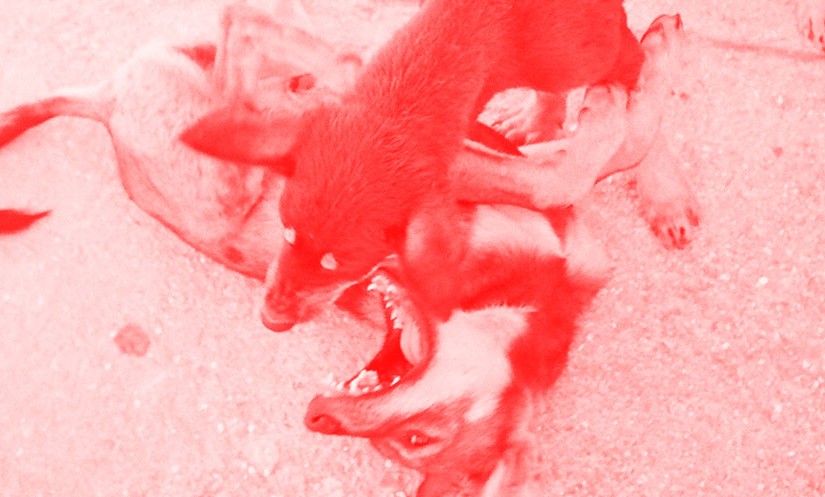Maia Ruth Lee is an artist living and working in New York. She met Peter Sutherland in Nepal, where she spent most of her life. Together, they travelled and collected impressions of contemporary Nepal and its people. The outcome of this journey was published in the form of a book, and is currently on display at Pim Bahal, Patan as part of Photo Kathmandu.
The title ‘North Fake’ is very humorous, how does it relate to the work?
‘North Fake’ is what my father calls all bootleg north face products that are sold in Nepal. The bootleg culture interwoven with the authentic traditions of Nepal is what is captured in the book. To me it sums up the vibe of Nepal.
What tools can’t you do without?
I don’t necessarily rely on tools or equipment, but my process is to be resourceful. Finding materials in my immediate surroundings and being able to utilize them is the way I usually like to work.
Travelling seems to be an important part of your work. In what ways does it affect your art practice? What was your most remarkable journey? And where have you always dreamt of going?
I like to see new things and it often sparks my inquisitive mind – who made this, where was it made? What was the process? What purpose does it serve? Etc. My favorite place to travel is still Nepal, every time I return it feels new.
The photos have come out as a book, the form of which seems quite different from other photo books I have seen. How did it come about? Did you collaborate with a publisher?
Peter and I decided to self-publish it, as we have done with many other books. I love laying down the design; I enjoy picking out paper stock and the whole production process. Sometimes the book becomes more special when you are involved in every single step.
Has your work been exhibited in Nepal before? How do you feel about it being seen by a Nepali audience?
I had a solo show in Siddhartha art gallery in Kathmandu back in 2010. It was a beautiful experience and I was happy to show in my home town.
The work is exhibited near Pim Bahal. Do you have a relation with that area? Did you get a chance to see (in photographs) the exhibition?
Patan is where I grew up. The whole city is dear to me and every corner and street holds a story for me. I haven’t seen the install shots yet, I wish I could be there.
Through the mix of grey and red prints, the setup of the exhibition and the motifs chosen in the photos, the exhibition sets itself apart from the other exhibitions at Photo Kathmandu. While they are mostly focused on documentary or archival photography, yours seem much more related to contemporary art practice. Can you comment on that? Why did you chose to use the camera in this way and what thought process was behind that decision?
Sometimes muting colors can enhance the imagery and can create a concise story or vibe. I don’t quite remember why I picked red and black, but I think those are the two colors that represent Nepal to me.
What is the role of language, spoken and written in photography?
Photography is now embedded in our everyday lives – I think it is utilized more than words. It devalues photography, but I think it enhances how we communicate. It has become a very important tool and vocabulary for all of us.
What is your favorite memory of Nepal?
The smells, the dust, the bells, the colors.
Interview conducted via e-mail by Marlène Harles.

